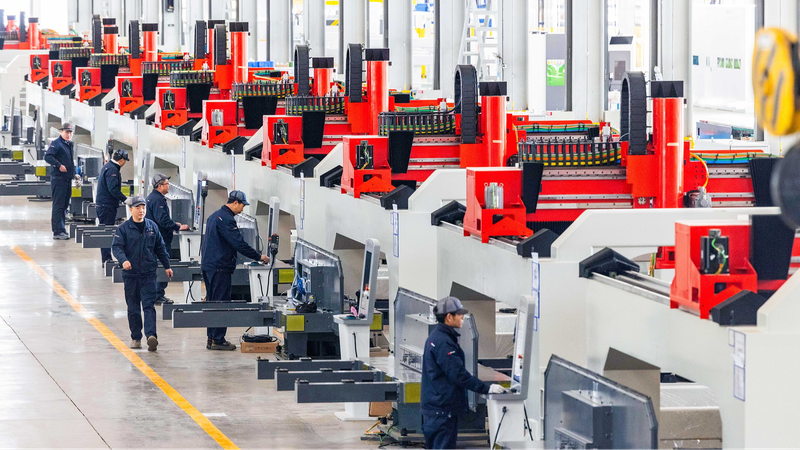When U.S. tariff hikes cast a shadow over export-reliant industries, nimble Chinese exporters are rewriting the playbook: diversifying into new markets and tapping a vast home base to stay resilient.
As rates on some goods swell to 245 percent under President Donald Trump's tariff wave, firms like BEIFA, a stationery maker in east China's Ningbo, are finding growth elsewhere. The company expects a 30 percent sales boost with a major European retailer and has seen booming demand in Southeast Asia, even as U.S. orders slow.
China already accounts for over 30 percent of global office stationery exports, with Ningbo alone shipping 3 billion yuan of pens, notebooks and craft knives each year. This scale and a rising innovation edge keep buyers coming back.
“The global production system cannot function without China – this is the bedrock of our confidence in countering tariff shocks and navigating trade wars,” said Zhao Zhongxiu, president of the University of International Business and Economics.
Another success story comes from an automotive parts producer based in south China. Once heavily reliant on U.S. clients, it shifted key production to Thailand, slashing U.S. exposure below 30 percent while selling to 40 countries worldwide – a strategic move aligned with industrial policy goals to reduce trade risks.
On the domestic front, retailers and e-commerce giants are stepping up. Platforms like FreshHippo and Yonghui Superstores are promoting high-quality export goods at home, and JD.com has pledged a 200-billion-yuan purchase fund to absorb export capacity and support local demand.
According to Tian Lihui, a finance professor at Nankai University, this synergy between exporters and domestic channels “not only eases short-term pressures but drives supply-side reforms, injecting fresh momentum into a new development paradigm.”
Yet U.S. consumers and businesses are feeling some backlash. Washing machines from east China's Cixi have jumped from $180 to $270 in U.S. stores post-tariffs, and studies warn American households could face nearly $5,000 in added costs this year. As trade tensions persist, exporters' agility sets the stage for a reshaped global supply chain landscape.
Reference(s):
Chinese exporters navigate U.S. tariffs via market diversification
cgtn.com




